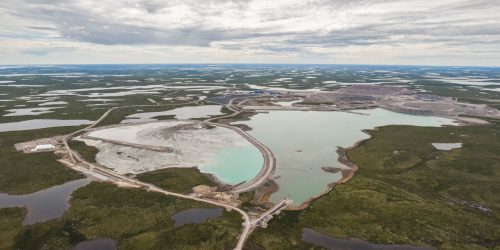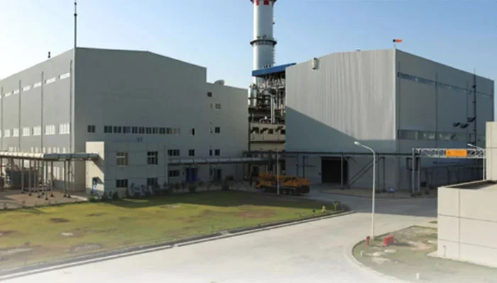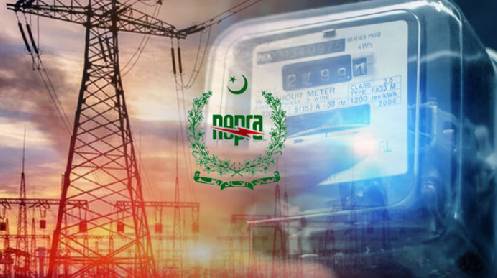In July 2019, Gregory Dipple, a geologist at the University of British Columbia, Vancouver, hopped on a 119-seat charter flight in Yellowknife, Canada, and flew 280 kilometers northeast to the Gahcho Kué diamond mine, just south of the Arctic Circle. Gahcho Kué, which means “place of the big rabbits” in the Dënësu¸łinë language of the region’s native Dené or Chipewyan people, is an expansive open pit mine ringed by sky-blue lakes. There, the mining company De Beers unearths some 4 million carats’ worth of diamonds annually. But Dipple and two students weren’t there for gems. Rather, they were looking to use the mine’s crushed rock waste as a vault to lock up carbon dioxide (CO2) for eternity.
At Gahcho Kué, Dipple’s team bubbled a mix of CO2 and nitrogen gas simulating diesel exhaust through a grayish green slurry of crushed mine waste in water. Over 2 days, the slurry acquired a slight rusty hue—evidence that its iron was oxidizing while its magnesium and calcium were sucking up CO2 and turning it into to carbon-based minerals. The CO2-hungry waste from the diamond mine is an exotic deep-earth rock, shot up to the surface in the volcanic eruptions that bring up diamonds. But a wide array of rock and mudlike wastes from mining, cement and aluminum production, coal burning, and other large-scale industrial processes share a similar affinity for the greenhouse gas. Known as alkaline solid wastes, these materials have a high pH, which causes them to react with CO2, a mild acid. And unlike other schemes for drawing excess CO2 from the atmosphere, these reactive rocks can both capture the gas and store it, locked away permanently in a solid mineral.
“The potential is real,” Dipple says. “It will make an important contribution to lowering CO2.”
If he and others can make the scheme practical, it could address two environmental problems at once. Today, mines and industry generate some 2 billion tons of alkaline solid wastes every year, and more than 90 billion tons are stored behind fragile dams and heaped in waste piles, a threat to people and ecosystems. In 2010, for example, a dam failure in Hungary released a 2-meter-high wall of red mud—an alkaline waste from aluminum production—that killed 10 people and buried villages. And caustic leachates from mountains of steel slag waste have wiped out fish populations in Pennsylvania and the United Kingdom.




